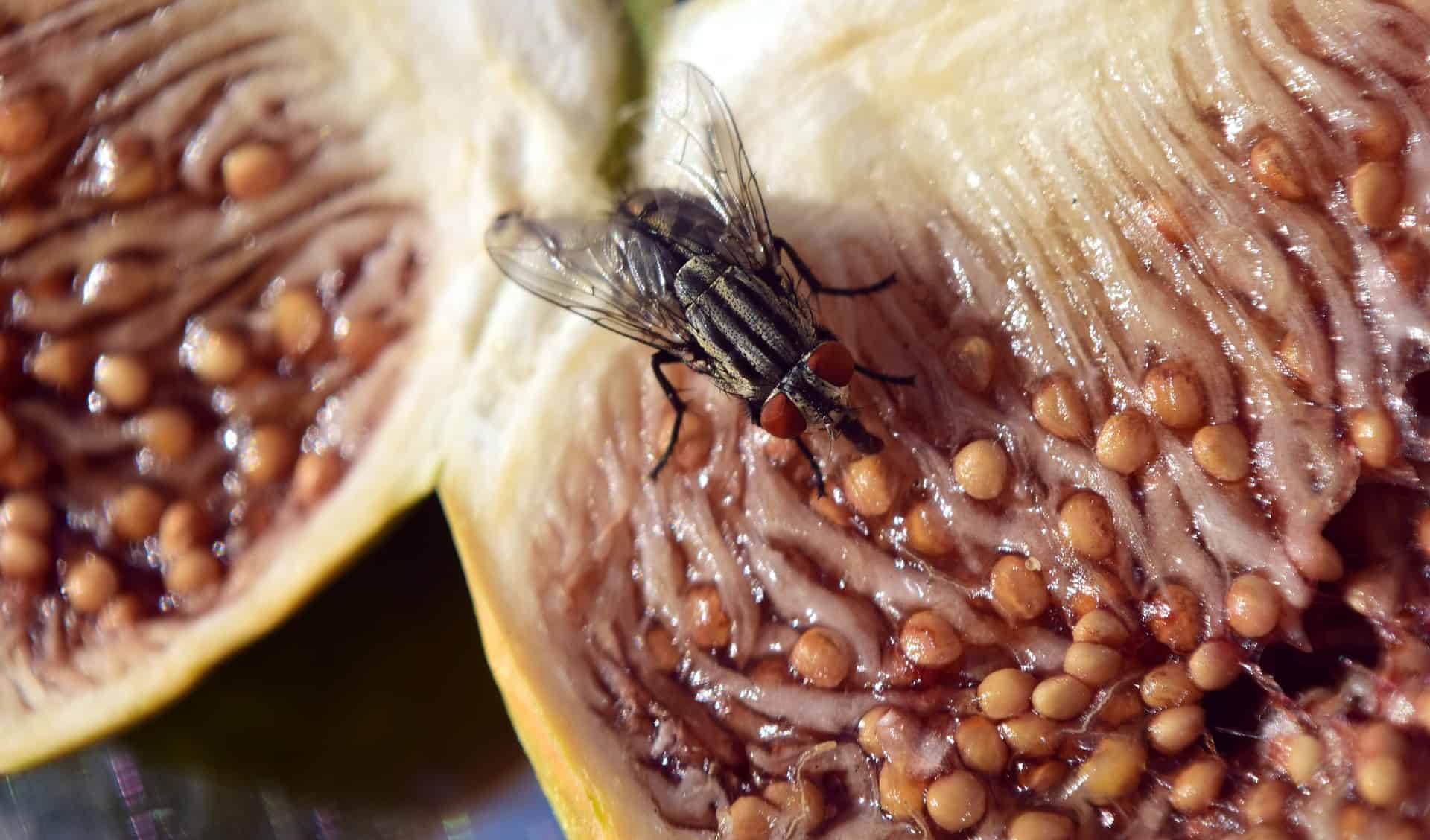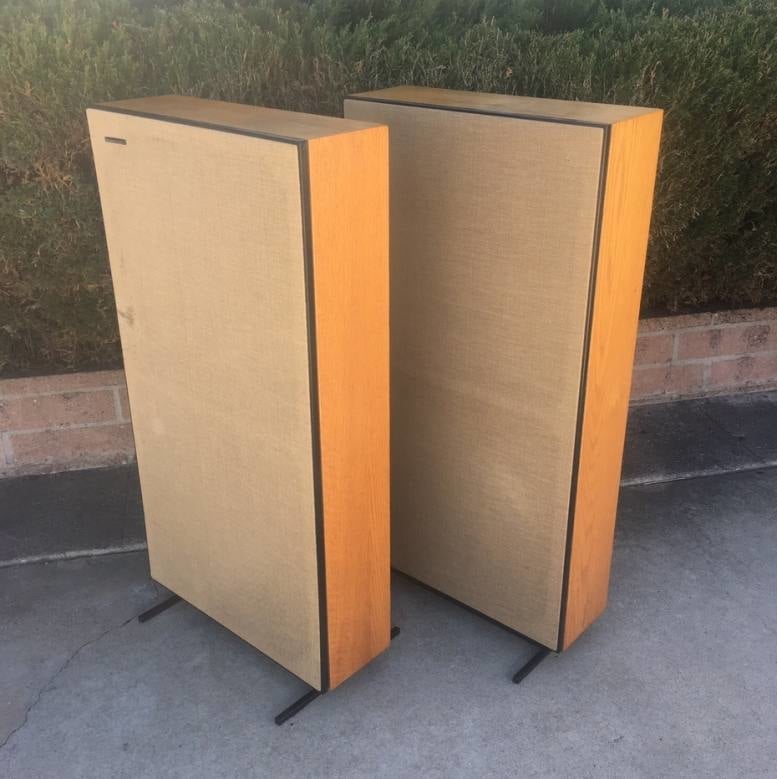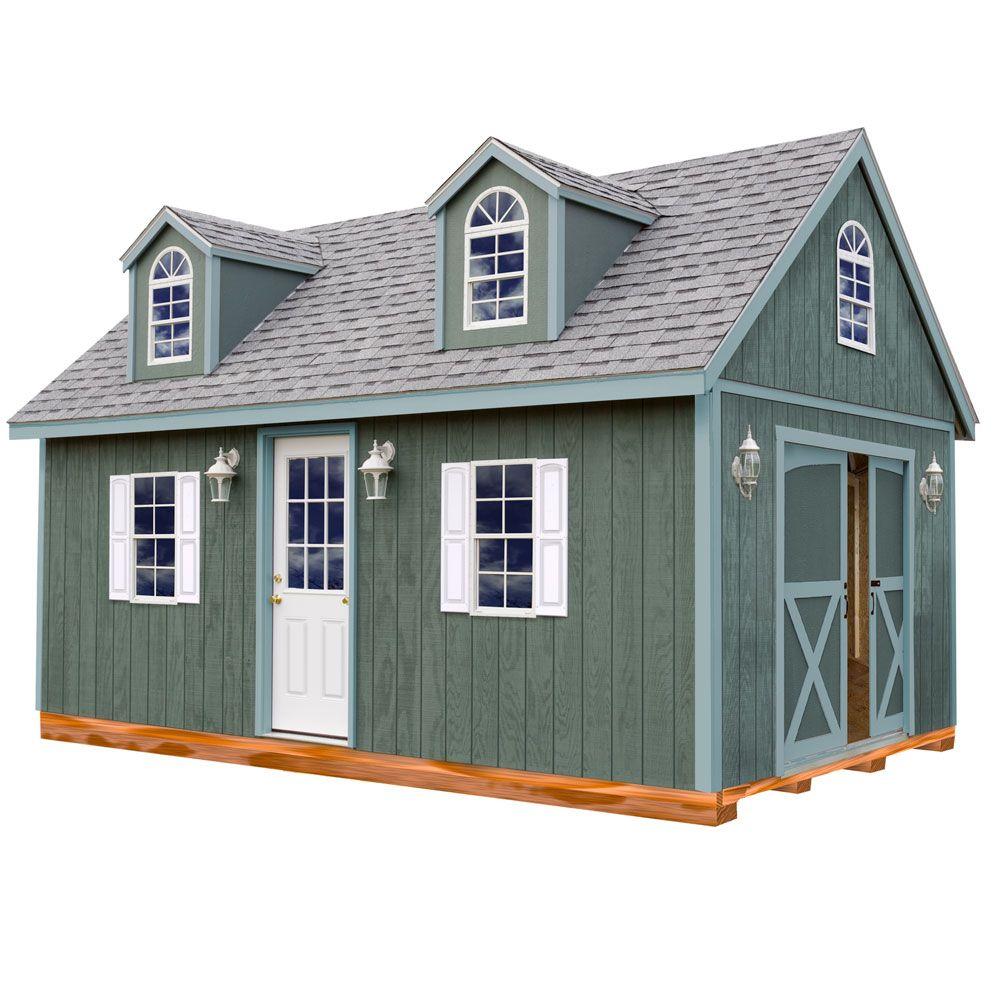Table Of Content
- Life Cycle of a Housefly: Birth, Buzz, and Beyond
- Small Red Flies In House Red Fruit Flies
- Environmental Impacts: How Temperature, Humidity, And Other Factors Affect The Lifecycle
- Natural Remedies
- Physical Transformations: Changes In Appearance And Function From One Stage To Another
- What is the life cycle of a house fly?
- In waste management

Human interactions with houseflies are inevitable, given their propensity towards residential areas and food sources. After several days of voracious feeding and growth, the larva enters the pupal stage. This is where one of the most significant transformations occurs. The maggot’s body hardens into a dark brown or reddish capsule-like structure measuring about 8 mm in length. Inside this protective casing, the larva metamorphoses into an adult fly over several days. As the housefly evolves through its life cycle, it undergoes dramatic physical transformations that are both fascinating and complex.
Life Cycle of a Housefly: Birth, Buzz, and Beyond
The first step in the housefly’s mating ritual is mate selection. Male houseflies, which are generally smaller than females, initiate this process by seeking out potential female partners. They do this primarily through a sense of smell, utilizing specialized olfactory receptors on their antennae to detect specific pheromones released by sexually mature females. The larvae transform into reddish-brown pupae that resemble tiny barrels or capsules.
Small Red Flies In House Red Fruit Flies
Hence, understanding their life cycle not only instills an appreciation for nature’s complexity but also equips us with the knowledge to manage their presence effectively. As we continue to coexist with these ubiquitous creatures, let this understanding guide our actions toward maintaining a balance between human health safety and ecological harmony. One of the most common diseases transmitted by houseflies is diarrhea. Flies often carry bacteria such as Escherichia coli (E.coli) and Salmonella on their bodies or in their feces, both of which can cause severe diarrhea if ingested.
Environmental Impacts: How Temperature, Humidity, And Other Factors Affect The Lifecycle
Despite this negative image, understanding the life cycle of a housefly provides valuable insights into its behavior, ecological role, and impact on human health. It also sheds light on effective strategies for managing them as pests within our homes and communities. The housefly’s ability to reproduce rapidly also contributes to its widespread prevalence. A single female can lay up to 500 eggs in her lifetime, leading to exponential population growth under favorable conditions. Housefly, (Musca domestica), a common insect of the family Muscidae (order Diptera). About 90 percent of all flies occurring in human habitations are houseflies.
Natural Remedies
Houseflies don’t have teeth; instead, they regurgitate digestive enzymes onto the food to dissolve it before sucking it up again. In doing so, they leave behind traces of whatever was in their gut – which could include various bacteria and pathogens from rotting organic matter they previously feasted on. Houseflies, despite their seemingly insignificant size and often irritating presence, play a vital role in the ecosystem. They are a crucial part of the food chain, serving as a primary source of nutrition for numerous organisms. Birds, spiders, frogs, and even other insects rely on houseflies for sustenance.
Physical Transformations: Changes In Appearance And Function From One Stage To Another
Not only are house flies a nuisance, but they can also transport disease-causing organisms. Excessive fly populations are not only an irritant to farm workers but, when there are nearby human habitations, a public health problem could occur. It has a worldwide distribution and is prominent in the United States.
Laid in clusters of 75 to 150 eggs at a time, they are often deposited on decaying organic matter such as garbage or feces, which serves as an immediate food source for the emerging larvae. Houseflies prefer warm and moist environments for laying their eggs, with rotting organic matter such as garbage or feces serving as the ideal breeding ground. The chosen spot provides not just a safe nesting place but also an abundant food source for the soon-to-be hatched larvae. Thus while houseflies do play an integral role in nutrient cycling and serving as a food source within an ecosystem; their potential as vectors for disease transmission cannot be overlooked.

In waste management
House flies are attracted to decaying organic matter, and females lay batches of about 100 eggs on food waste, rotting meat, and feces. The hatched flies are legless and white, called maggots, and they develop into pupae, then adult flies. On average, adult flies live just two to four weeks but can reproduce rapidly. The adult housefly is dull gray with dirty-yellowish areas on the abdomen and longitudinal lines on the thorax.
Tips and Tricks to Banish Fruit Flies From Your Kitchen Permanently - CNET
Tips and Tricks to Banish Fruit Flies From Your Kitchen Permanently.
Posted: Wed, 24 Apr 2024 11:15:00 GMT [source]
If conditions are less favorable and temperatures cooler, this process might take up to two days. Fly traps may be useful in some fly control programs if enough traps are used, if they are placed correctly, and if they are used both indoors and outdoors. House flies are attracted to white surfaces and to baits that give off odors.
As maggots transition into the pupa stage, feeding ceases temporarily. Encased in a hard shell-like cocoon, the pupa undergoes metamorphosis – a process where its body structures change dramatically. During this time, it relies on stored energy from its larval stage to fuel its transformation. Houseflies, despite their small size, have a voracious appetite that plays an integral role in both their survival and their life cycle. Their diet varies at different stages of their life, largely dictated by their physical abilities and environmental availability. Light exposure also impacts the behavior of houseflies significantly.
Additionally, pet waste must be cleaned up immediately in order to prevent the development of any house fly breeding sites. Finally, fine mesh screens should be applied to doors and windows in order to prevent house fly entry into the home. If window screens are already present, make sure there are no visible rips or tears. Within 24 hours, these eggs hatch into larvae, commonly referred to as maggots. This stage is characterized by rapid growth and feeding on organic material. Starting with the egg stage, these tiny white capsules are about 1.2 mm in length.























